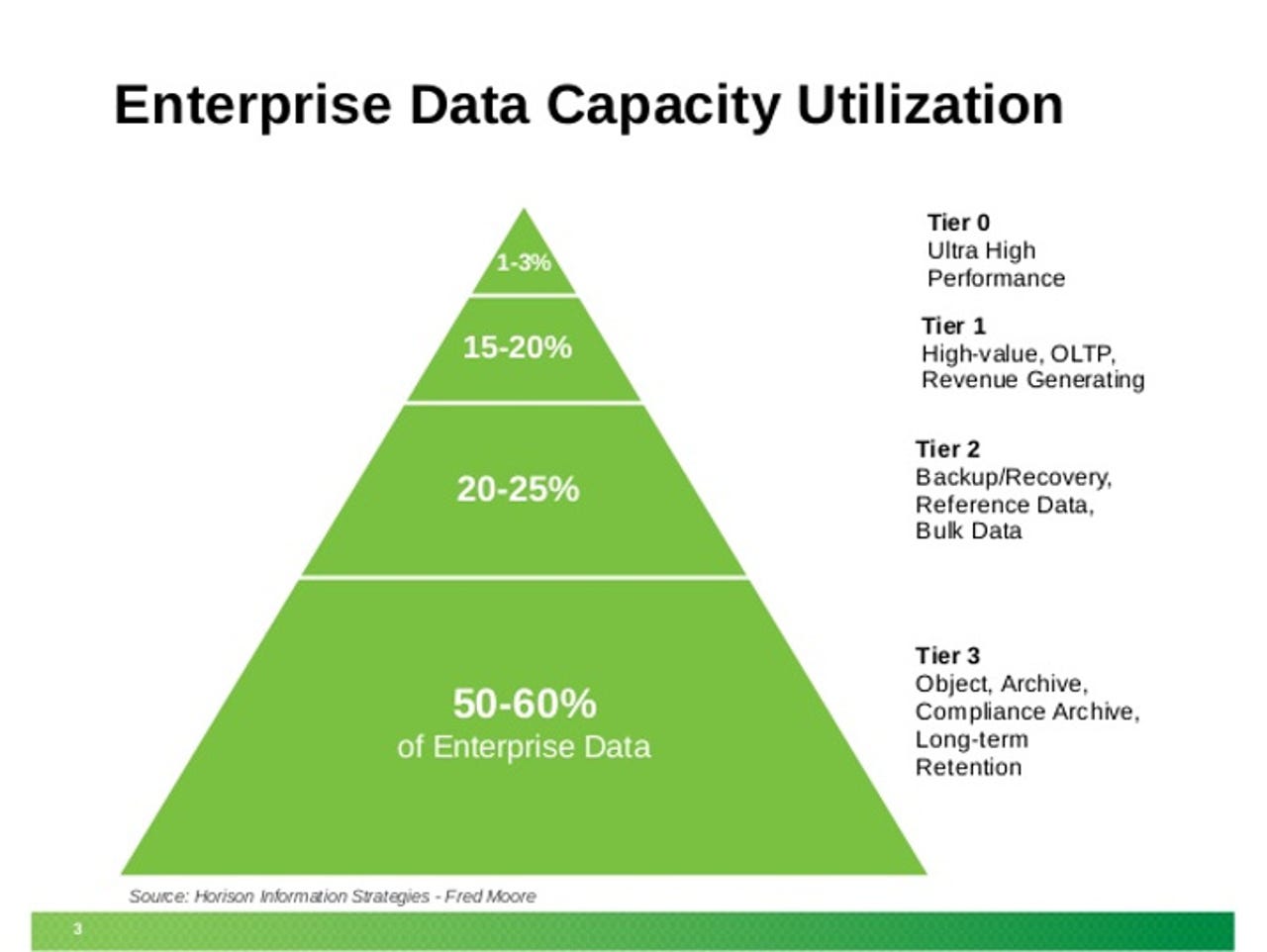SUSE Enterprise Storage 3 released for serious storage work

When Red Hat bought Ceph's parent company Inktank, people were worried Red Hat would keep Ceph's object store and file system to itself. Then, Red Hat announced it would let others help decide on Ceph's future. Now, SUSE, a rival Linux power, is taking Red Hat up on this with its Ceph-supporting release of SUSE Enterprise Storage 3.

No matter what your enterprise data needs, SUSE Enterprise Storage 3 can handle it.
Indeed, SUSE Enterprise Storage, a software-defined storage management program, is the first commercially supported solution based on the Ceph open-source project Jewel release. This is the first version in which the Ceph Filesystem (CephFS) has finally been declared stable. This make SUSE Enterprise Storage 3 a major release in every way.
Ceph provides a distributed object store and file system which, in turn, relies on a resilient and scalable storage model (RADOS) using clusters of commodity hardware. Along with the RADOS block device (RBD), and the RADOS object gateway (RGW), Ceph provides a POSIX file-system interface -- Ceph FS. While RBD and RGW have been in use for production workloads CephFS became production ready in April.
special feature
SUSE Enterprise Storage 3 is now available to help customers. SUSE also announced that, in partnership with HPE, they will are delivering the HPE Scalable Object Storage Solution with SUSE Enterprise Storage. It is supported on HPE general-purpose ProLiant servers and HPE storage-optimized Apollo and Cloudline servers.
"Bringing Ceph storage innovation to market first--enterprise ready and fully supported--makes our customers more agile and able to take advantage of rapidly emerging innovation in their own enterprises," said Michael Miller, SUSE's president of strategy, alliances and marketing, in a statement. "SUSE Enterprise Storage 3 lets them transform their storage infrastructure with the ability to seamlessly adapt new technologies using cost-efficient, resilient and redundant storage infrastructures on commodity hardware."
Julia Palmer, Gartner research director, added, "High acquisition, maintenance and exit costs for proprietary storage platforms are affecting infrastructure and operations budgets and hindering the funding of new projects. The primary benefits of open-source software are freedom, innovation and flexibility, with costs as an ancillary reward."
Specific SUSE Enterprise Storage 3 enhancements include early access to the following new Ceph features:
- CephFS adds native file-system access, so customers now have unified block, object and file access in their SUSE Enterprise Storage cluster.
- Multi-site object replication provides asynchronous active/active multi-cluster environment to ensure replication at distance for improved disaster recovery, along with truly long-distance replication for block using asynchronous block (RDB) mirroring.
- A new framework to simplify management by providing the foundation for an advanced graphical user interface management tool, based on openATTIC, as well as orchestration of the cluster using the Salt DevOps tool.
Put it all together and if you have data-centered storage needs, then you may need SUSE Enterprise Storage 3.
Related Stories: